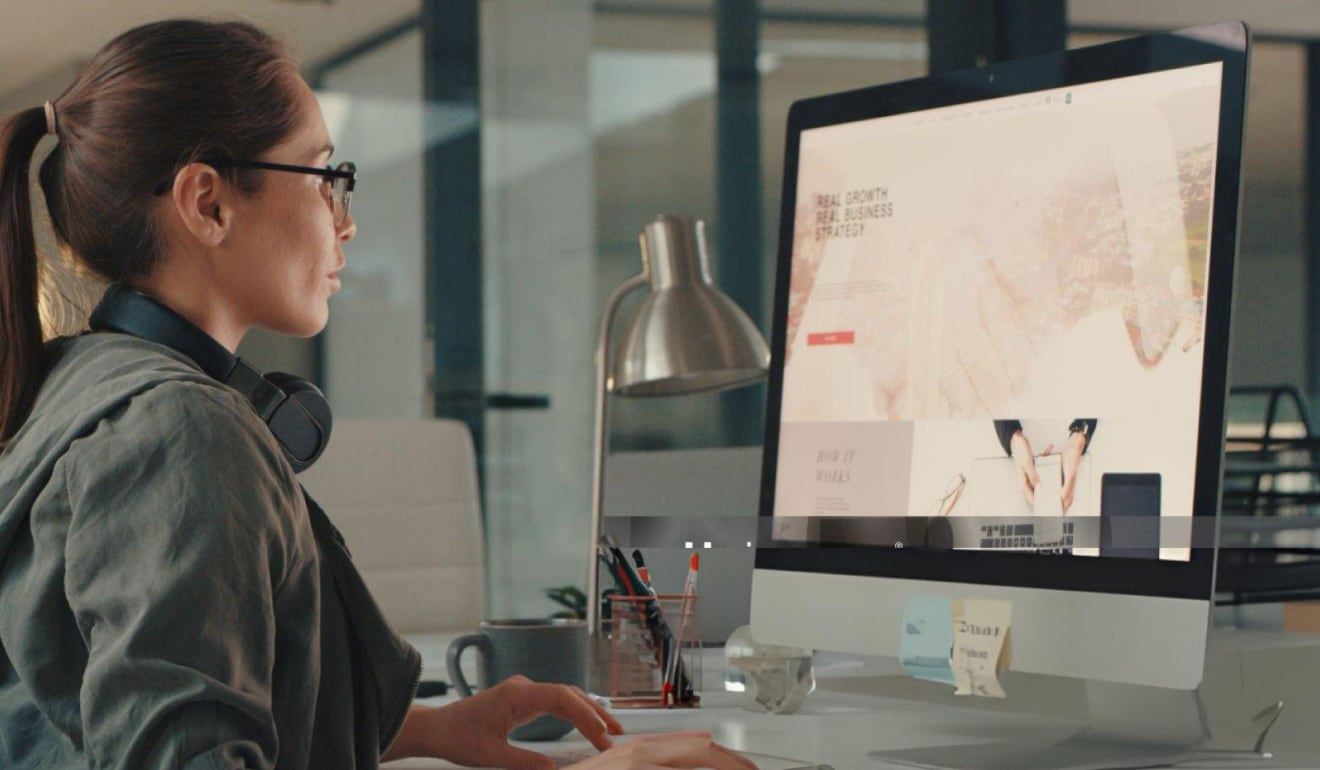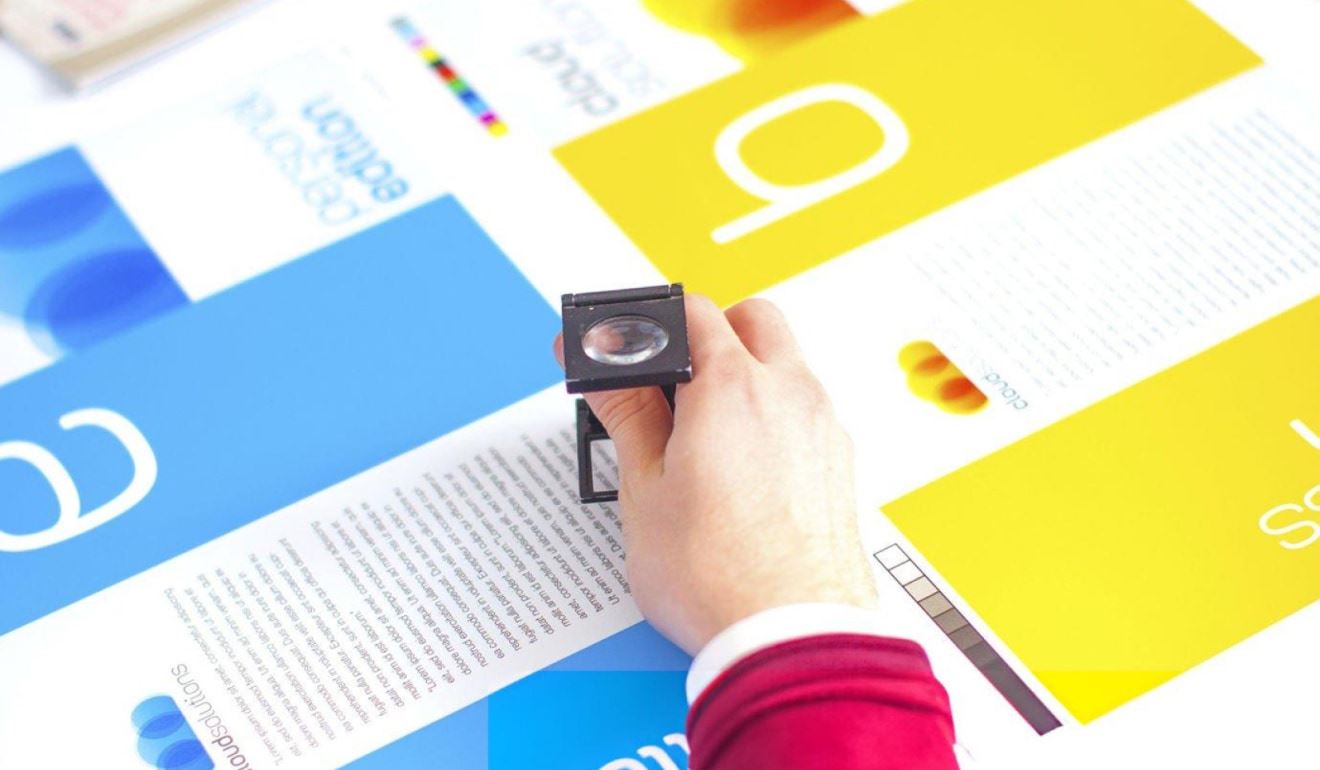With a commitment to continuous growth, the UX Cookbook constantly introduces new recipes, making it a go-to resource for UX enthusiasts.
Understanding User Experience Design

User experience design, commonly abbreviated as UX design, is a crucial aspect of modern product design. It involves creating products, such as websites and applications, that provide a seamless and intuitive experience for the user.
Good UX design is important because it can make the difference between a product that is successful and one that fails. A product with good UX is easy to use, visually appealing, and meets the needs of the user. On the other hand, a product with poor UX can be confusing, frustrating, and ultimately drive users away.
To understand UX design, it's important to first understand the user. UX designers need to have a deep understanding of the user's needs, wants, and motivations. This involves conducting research, such as surveys and interviews, to learn about the user's goals and pain points.
Once the designer has a good understanding of the user, they can begin to design the product. This involves creating wireframes, which are rough outlines of the product's layout and features, and conducting usability testing to ensure that the product is easy to use.
The key to good UX design is to create products that are not only functional, but also enjoyable to use. This involves paying attention to the details, such as the colors and fonts used in the product, as well as the overall aesthetic. It's also important to continually test and refine the product to ensure that it continues to meet the needs of the user.
In short, UX design is all about creating products that provide a positive experience for the user. By understanding the user and designing with their needs in mind, designers can create products that are both functional and enjoyable to use.
In addition to the aesthetic and functional aspects of UX design, there are also technical considerations. For example, a UX designer might need to consider how the product will be built and how it will integrate with other systems. They may need to work closely with developers to ensure that the product is technically feasible and can be built within the desired timeline and budget.
Another important aspect of UX design is user testing. This involves getting real users to try out the product and provide feedback. This can be done through focus groups, usability testing, or other methods. User testing is important because it can reveal areas where the product can be improved, and it can help the designer understand how real users interact with the product.
Overall, UX design is a complex and multifaceted field. It involves understanding the user, designing an aesthetically pleasing and functional product, and considering the technical aspects of building the product. By focusing on creating a positive user experience, UX designers can help create products that are successful and enjoyable to use.
It's also worth noting that UX design is not a static field. As technology and user needs evolve, UX design must also evolve to keep up. This means that UX designers must be constantly learning and staying up-to-date with the latest design trends and technologies.
Furthermore, UX design is not just about creating individual products, but also about designing entire systems and experiences. For example, a UX designer might be responsible for designing the overall user experience of a company's website, including the navigation, layout, and interactions between different pages and features.
What does a UX/UI Designer do?
A UX/UI designer is responsible for creating the look, feel, and overall user experience of a product, such as a website or application. This typically involves conducting user research, creating wireframes and prototypes, and conducting usability testing to ensure that the product is easy and enjoyable to use.
A UX/UI designer's responsibilities may include:

- Conducting user research to understand the needs, wants, and motivations of the user
- Creating wireframes and prototypes to explore different design ideas and layouts
- Designing the visual elements of the product, such as the color scheme, fonts, and imagery
- Conducting usability testing to ensure that the product is easy to use and meets the needs of the user
- Working closely with developers to ensure that the design is technically feasible and can be implemented within the desired timeline and budget
- Continually testing and refining the product to ensure that it continues to meet the needs of the user.
Overall, a UX/UI designer's goal is to create products that provide a positive and intuitive user experience.
What are some best practices for conducting user research?
Some best practices for conducting user research in UX design include:
- Identify the goals and objectives of the research upfront. This will help guide the research process and ensure that the information collected is relevant and useful.
- Develop a clear research plan. This should include the methods that will be used (e.g. surveys, interviews, usability testing), the participants that will be recruited, and the schedule for conducting the research.
- Use a variety of research methods to collect a diverse range of data. This may include conducting surveys, interviews, usability tests, and other methods.
- Be ethical and transparent in your research. Inform participants of the purpose of the research and how their data will be used, and obtain their informed consent.
- Analyze the data carefully and objectively. Look for patterns and trends in the data, and avoid making assumptions or jumping to conclusions.
- Communicate the results of the research clearly and effectively. This may involve creating reports, presentations, or other materials to share the findings with stakeholders.
- Use the results of the research to inform the design process. Consider the needs, wants, and motivations of the user, and use this information to guide the development of the product.
Overall, conducting user research in UX design requires a systematic and thoughtful approach. By using a variety of research methods and analyzing the data carefully, UX designers can gain valuable insights into the needs and behavior of their users. This information can then be used to inform the design of the product and create a better user experience.

How do UX designers create wireframes and prototypes?
Wireframes and prototypes are an important part of the UX design process. Wireframes are low-fidelity sketches that outline the basic layout and functionality of a product, such as a website or application. Prototypes are more detailed, interactive versions of the product that allow the user to experience the product's design and functionality.
To create wireframes and prototypes, UX designers typically use specialized software tools, such as Balsamiq, InVision, or Figma. These tools allow the designer to create and modify the wireframes and prototypes quickly and easily, and they often include pre-made templates and design elements that can be customized to fit the needs of the project.
When creating wireframes and prototypes, UX designers typically follow a process that includes the following steps:
- Identify the goals and objectives of the product, and consider the user's needs, wants, and motivations.
- Create a rough outline of the product's layout and functionality using a wireframing tool. This may involve sketching the wireframe by hand, or using a pre-made template in the software.
- Add more details and functionality to the wireframe to create a high-fidelity prototype. This may involve adding images, text, buttons, and other interactive elements to the prototype.
- Test the prototype with real users to see how they interact with the product and provide feedback. This can be done through usability testing or other methods.
- Analyze the feedback from the user testing, and make any necessary revisions to the wireframe or prototype.
- Repeat the process until the wireframe and prototype are refined and ready for development.
Overall, creating wireframes and prototypes is a crucial step in the UX design process. It allows the designer to explore and test different design ideas, and to ensure that the product is easy and enjoyable to use.
What are some common pitfalls to avoid when designing a product's user experience?
Some common pitfalls to avoid when designing a product's user experience include:
- Failing to conduct user research. It's important to understand the needs, wants, and motivations of the user before designing a product. Without this information, it's difficult to create a product that meets the user's needs.
- Ignoring the user's feedback. User testing is a crucial part of the design process. It's important to listen to the user's feedback and use it to inform the design of the product.
- Making the product too complex. It's important to strike a balance between providing enough features and functionality to meet the user's needs, without making the product overly complex and confusing to use.
- Not considering the technical feasibility of the design. It's important to work closely with developers to ensure that the design is technically feasible and can be implemented within the desired timeline and budget.
- Not testing the product extensively. It's important to conduct thorough testing to ensure that the product is easy and enjoyable to use. This may involve usability testing, focus groups, or other methods.
- Not refining the product over time. The design of a product should not be considered final. It's important to continually test and refine the product to ensure that it continues to meet the needs of the user.
Overall, avoiding these pitfalls will help ensure that the product's user experience is positive and intuitive. By conducting user research, listening to the user's feedback, and continually testing and refining the product, UX designers can create successful and enjoyable products.
How do UX designers collaborate with developers and other stakeholders in the design process?
Collaboration is an important part of the UX design process. UX designers often need to work closely with developers, product managers, and other stakeholders to ensure that the product is successful.
To facilitate collaboration, UX designers can follow these best practices:
- Communicate clearly and regularly. Keep stakeholders informed of the design process, and make sure that everyone is on the same page.
- Establish a shared understanding of the project goals and objectives. Make sure that everyone involved in the project has a clear understanding of what the product is supposed to do, and how it will benefit the user.
- Involve stakeholders in the design process. Encourage stakeholders to provide input and feedback on the design, and make sure that their perspectives are considered.
- Use shared design tools and resources. Use software tools and other resources that can be accessed and edited by all stakeholders. This will make it easier for everyone to collaborate and contribute to the design process.
- Solve problems together. When challenges arise, work together with stakeholders to find solutions and move the project forward.
Stakeholder collaboration is a crucial component of the UX design process overall. UX designers can make successful, user-friendly products by include stakeholders in the design process and employing a common set of tools and resources.
In conclusion, UX design is a crucial aspect of modern product design. By understanding the user and creating products that are easy and enjoyable to use, UX designers can help create successful products that meet the needs of the user. It's a complex and ever-evolving field that requires a deep understanding of both the user and the technical aspects of building products.









